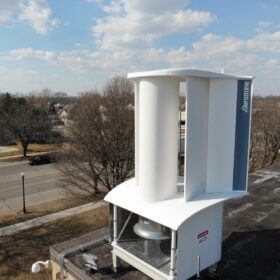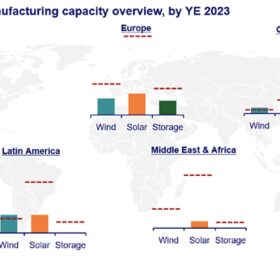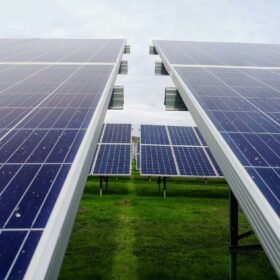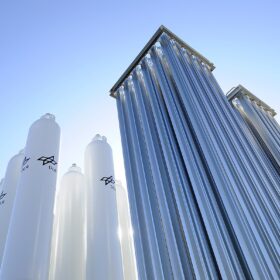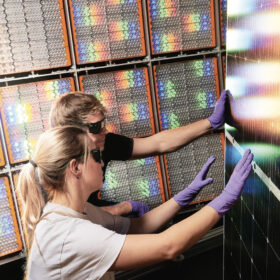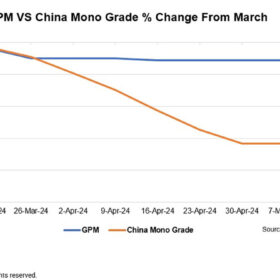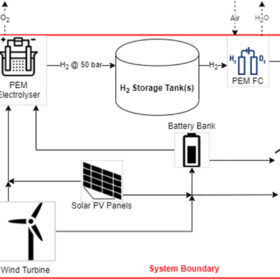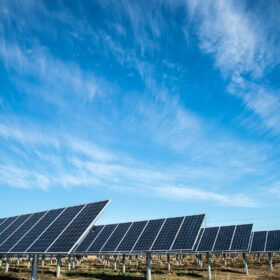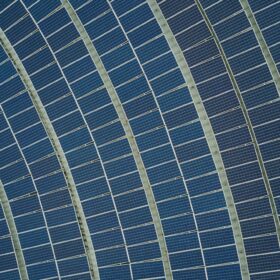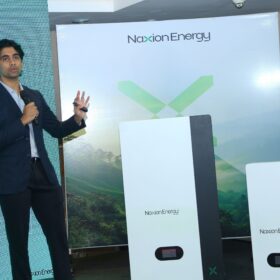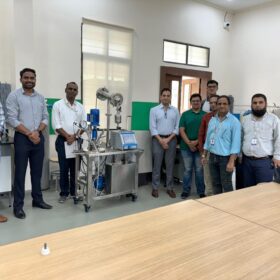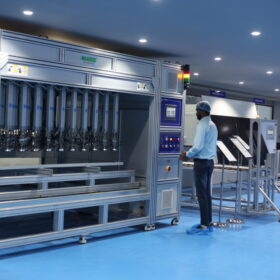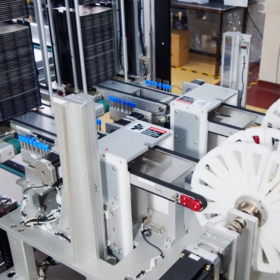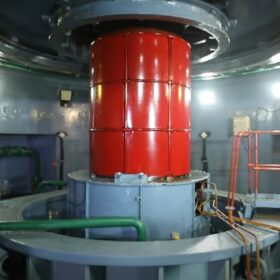Bladeless wind energy innovation aims to compete with rooftop solar
A compact, “motionless” wind turbine with a magnetic generator designed for large commercial rooftops provides 5 kW of capacity per unit. Aeromine Technologies secured Series A funding for scaling its innovative design.
Renewable manufacturing costs up to 200% lower in China, says WoodMac
Wood Mackenzie says in its latest report that low prices and integrated supply chains allow Chinese manufacturers to supply more than 65% of total global demand for renewables equipment, with its exports growing by 35% between 2019 and 2023.
India’s solar module exports hit $1.97 billion in fiscal 2023-24
India’s solar module exports hit $1,969.13 million in fiscal 2023-24. Out of this, shipments to USA totalled $1,939.92 million.
Gamesa Electric releases study on losses due to harmonics in PV plants
Gamesa Electric has released a white paper on losses due to harmonics in PV plants, including an independent study that compares the performance of ultra-low total harmonic distortion inverters.
Policy uncertainty creates ‘gap’ between hydrogen aims and reality, says BNEF
BloombergNEF (BNEF) says in a new study of 1,600 planned hydrogen projects that governments will miss their 2030 hydrogen targets. Analyst Adithya Bhashyam tells pv magazine that most of the announced projects to the end of this decade lack the key conditions for success.
Shedding light on tandem perovskite solar cell progress
Perovskite PV devices are set to become the next big thing in solar with market analysts at S&P Global Commodity Insights predicting 1 GW of production by the end of 2024, rising to 6 GW in 2025. Perovskite tandem devices are at the front of the queue for commercialization but their characterization presents technical challenges.
Global polysilicon prices hold steady, China polysilicon falls on weak demand
In a new weekly update for pv magazine, OPIS, a Dow Jones company, provides a quick look at the main price trends in the global PV industry.
Hybrid hydrogen-battery system for off-grid PV-powered homes
Conceived by a Dutch research group, the proposed system is intended to store surplus renewable electricity via hydrogen generation and battery storage, with the latter being used only when hydrogen generation is not immediately available. Despite its high initial costs, the system can reportedly offer stable operation.
PERC solar products hard to sell due to falling TOPCon module prices
Prices for tunnel oxide passivated contact (TOPCon) solar panels continue to fall. pvXchange.com founder Martin Schachinger explains how this will affect the sale of PV modules based on passivated emitter and rear cell (PERC) cells.
Renewables must triple by 2030 to hit net-zero by 2050, says BloombergNEF
BloombergNEF says in a new report that solar and wind must drive most emissions cuts before 2030 to stay on track for net-zero by 2050. Its net-zero scenario targets a combined solar and wind capacity of 31 TW by 2050.
